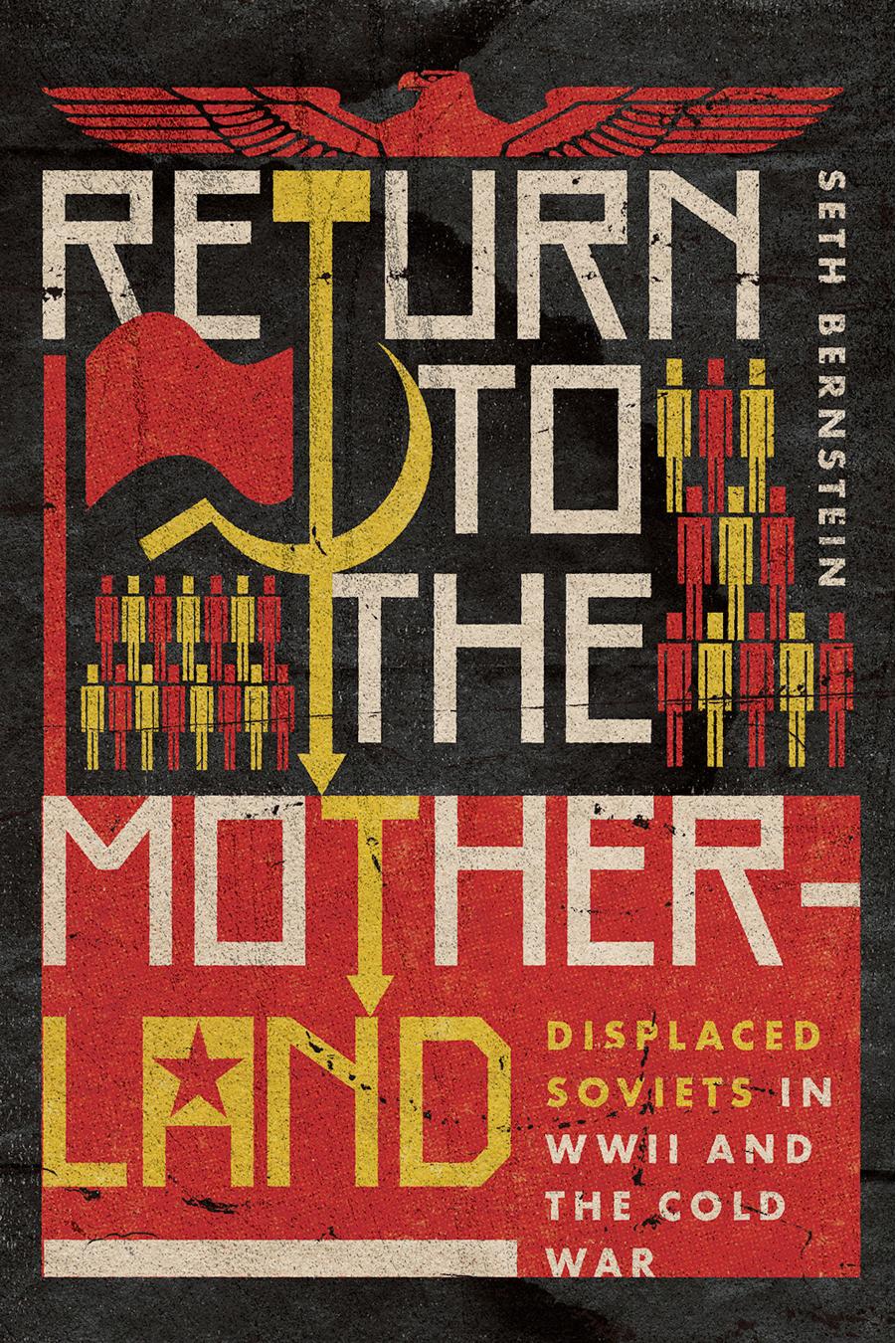Return to the Motherland: Displaced Soviets in WWII and the Cold War by Seth Bernstein

Author:Seth Bernstein
Format: epub, pdf
The Margins of Collaboration: Three Cases
According to Soviet law, almost every Soviet person who had lived under German rule could have been guilty of treason. The Soviet law code criminalized âcounterrevolutionary crimesâ under the infamous Article 58. (In Ukraine the article was numbered 54.) At the beginning of the war, the charge investigators used to punish collaboration of all kinds was treason, 58-1a for civilians or 58-1b for military personnel. The circumstances of war, especially the distinction between mass violence against civilians and widespread cooperation with the occupiers, motivated Soviet leaders to define gradations of complicity. The Soviet government issued a decree on April 19, 1943, that distinguished âspies and traitorsâ (izmenniki) guilty of violence against civilians and POWs, from the âaccomplicesâ in these atrocities. The former could receive the death sentence while the latter were to receive a fifteen-to twenty-year forced labor sentence. In a comment on that decree, issued in November 1943, the Soviet Supreme Court asserted that local tribunals were misinterpreting it and using charges of collaboration indiscriminately. The court demanded that lesser punishments apply to less serious cases of cooperation with the enemy. In the latter cases, tribunals could use Article 58-3, âencouraging an armed intervention ⦠[or] assisting a foreign government in its existing warâ against the USSR, that carried a sentence of three or more years of forced labor. The Supreme Court also asserted that certain factorsâassistance to partisans or voluntary submission to authoritiesâcould mitigate punishment.â´â´
Although this intervention attempted to provide clarity amid overlapping prewar laws and wartime decrees, lower-level courts would continue to use a hodgepodge of charges and sentences throughout the war and into the postwar years. The inconsistent handling of cases was a result not only of misunderstood laws but also of the necessity to interpret wartime actions within this legal framework. After all, everyone who had worked in the Third Reich had assisted Germany in its war effort. The strictest reading of Article 58-3 could have justified the incarceration of millions. Where was the boundary between survival-motivated cooperation and criminal collaboration?â´âµ
Moderation generally won out as Soviet officials attempted to restore life in formerly occupied areas. Komsomol Central Committee secretary Olga Mishakova told a group of youth leaders from newly liberated territories in February 1944, âNot everyone can be a hero.ââ´â¶ Police instructions named as the main targets of repression people who had taken active, formal roles as officials, police, guards, and soldiers under the enemy.â´â·
Aleksandr Kashia was an obvious candidate for arrest. He had been the head of the Georgian barracks at Wustrau, the Eastern Ministryâs training camp for propagandists. Rather than hide abroad, he decided to come back to the Soviet Union. He told investigators that he returned because he wanted to see his mother again. When the war ended, he presented himself to Red Army authorities for repatriation and, obscuring his wartime activities during filtration, received permission to return to his home in Kutaisi, Georgia. Perhaps he believed his wartime ordeal was over. But as Kashia rested at
Download
Return to the Motherland: Displaced Soviets in WWII and the Cold War by Seth Bernstein.pdf
This site does not store any files on its server. We only index and link to content provided by other sites. Please contact the content providers to delete copyright contents if any and email us, we'll remove relevant links or contents immediately.
| Civil Rights | Discrimination |
| General | Human Rights |
Day by Elie Wiesel(2753)
The Age of Genius by A. C. Grayling(2559)
Gideon's Spies: The Secret History of the Mossad by Gordon Thomas(2322)
The Gulag Archipelago (Vintage Classics) by Aleksandr Solzhenitsyn(2069)
FATWA: Hunted in America by Pamela Geller(1991)
Columbine by Dave Cullen(1844)
Men Explain Things to Me by Rebecca Solnit(1711)
The Rule of Law by Bingham Tom(1671)
Anatomy of Injustice by Raymond Bonner(1643)
Examples & Explanations: Administrative Law by William F. Funk & Richard H. Seamon(1619)
Three Cups of Tea by Greg Mortenson(1600)
The Source by James A. Michener(1581)
That Every Man Be Armed by Stephen P. Halbrook(1563)
ADHD on Trial by Michael Gordon(1553)
Future Design by Unknown(1537)
Gideon's Spies by Gordon Thomas(1491)
Palestinian Walks by Raja Shehadeh(1483)
Constitutional Theory by Carl Schmitt(1430)
Nothing to Envy by Barbara Demick(1424)
